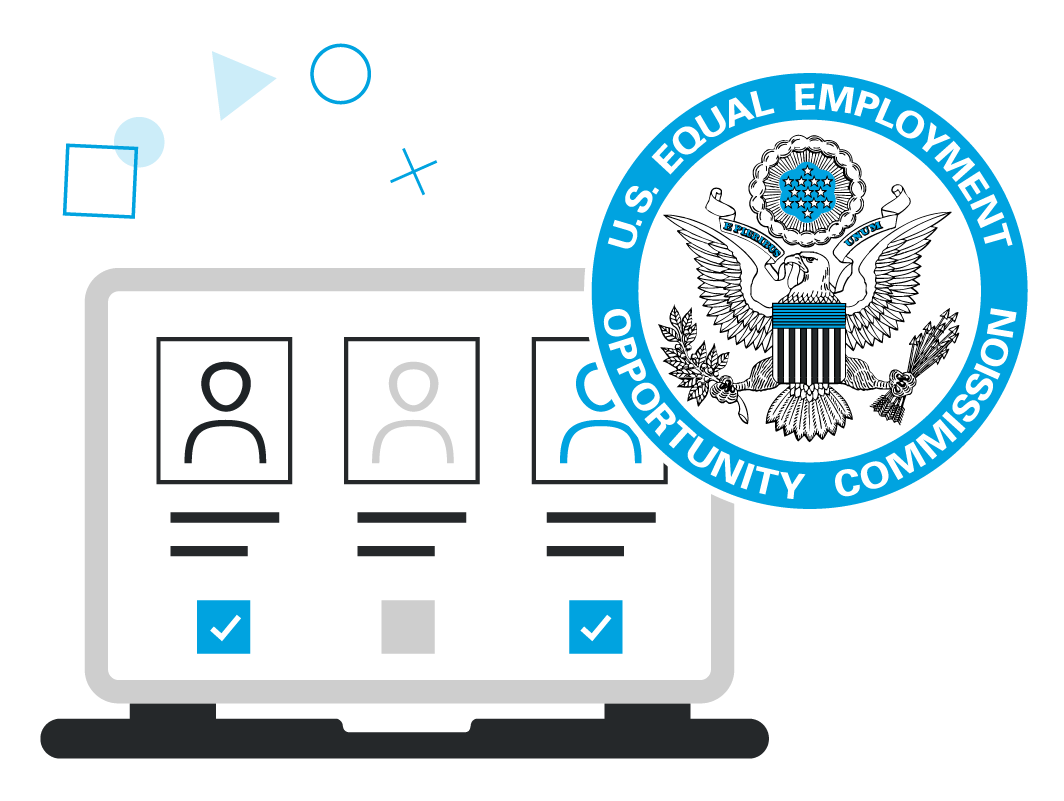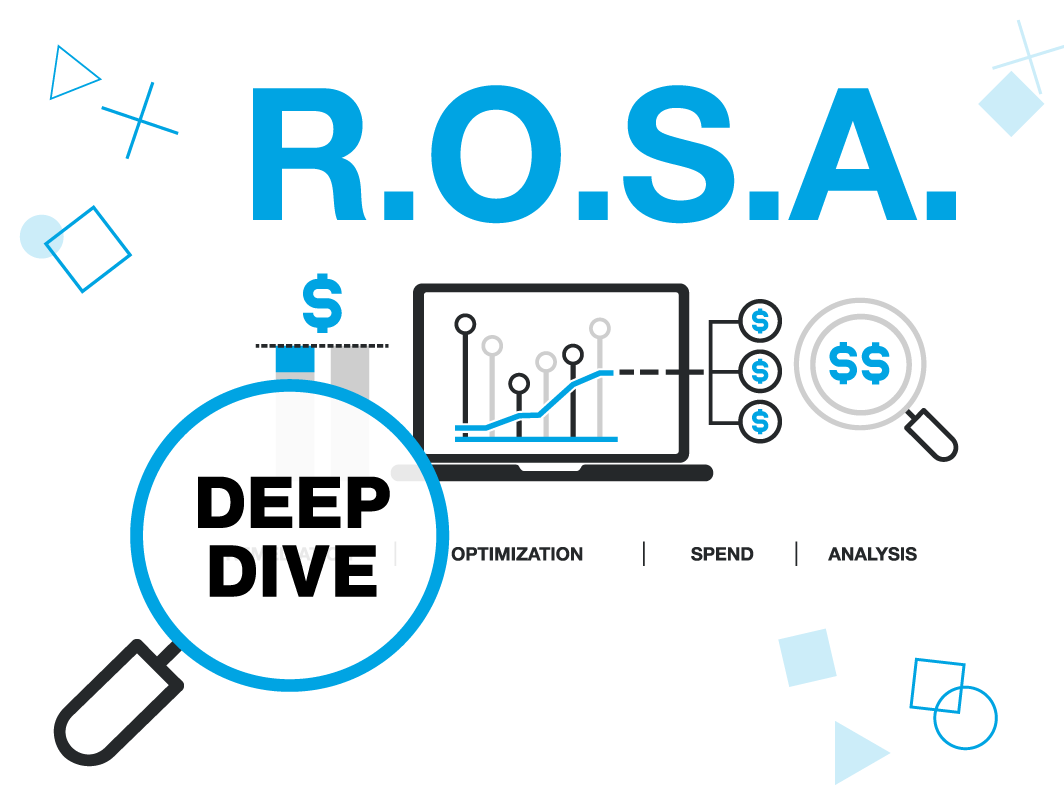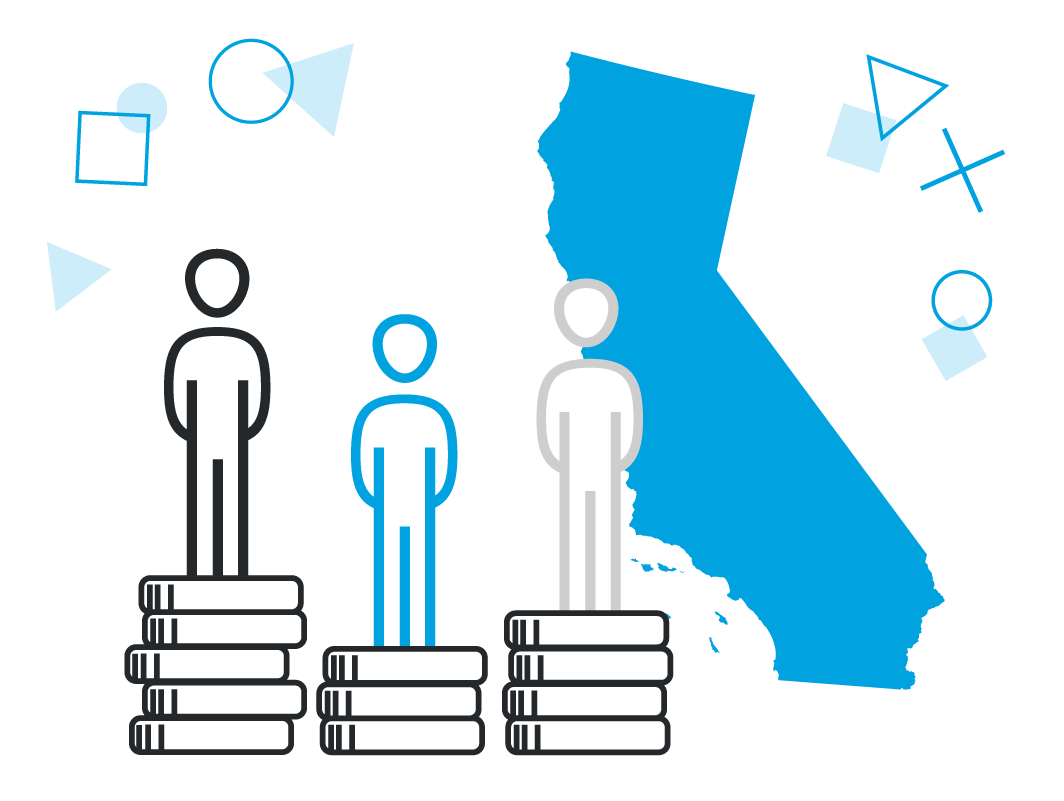
![]()
The Canada Pay Equity Act goes into effect today, August 31, 2021, marking the official commencement of a major international move to advance workplace equality.
The Act has been highly anticipated since its original passage in 2018. Now that the law is in full force, affected employers must develop and implement pay equity plans that address systemic gender-based discrimination in their workplaces.
We’ve previously taken a deeper dive into examining the Act and its requirements. Below we’ve outlined a recap on the law and how it may signal potential legislative changes in the U.S..
The Canada Pay Equity Act in a nutshell
The Canada Pay Equity Act applies to federally regulated employers in public and private sectors with 10 or more employees.
An integral piece of the Act requires that employers draft and post pay equity plans for the purpose of identifying and resolving gender wage gaps. The plans must follow a strict set of criteria, which obliges organizations to: identify job classes; determine if gender predominance exists in those job classes; evaluate work; calculate compensation; and compare compensation.
Upon completion of the above tasks, employers must increase compensation for the predominantly female job classes that are comparatively underpaid within three to five years of the law’s effective date.
As further means of accountability, employers must also provide employees an opportunity to comment on draft plans and take that feedback into consideration. They have three years to implement their plans.
Employers with 100 or more employees (and employers with 10 to 99 employees if some or all employees are unionized) must also establish a representative pay equity committee. The committee is responsible for developing the pay equity plan, as well as reviewing and updating it every five years.
Employers that do not comply with the Act are subject to penalties. Violations could cost an organization between $30,000 to $50,000, as imposed by the Canada Pay Equity Commissioner.
Pay equity trend picks up speed, at home and abroad
Canada’s pay equity law may be a breakthrough in today’s world, but such legislation is shaping up to be standard in the world of tomorrow. As other recent efforts in the U.S. and abroad show, the workplace equality trend isn’t going away any time soon – in fact, it’s picking up speed. Rhode Island and Colorado are among the wave of states working to close the gender and racial pay gap. The issue has even made its way to Congress, which contemplated the idea of passing federal pay equity legislation last spring.
The Canada Pay Equity Act’s continuous improvement model and a societal shift toward progress are examples that performative measures won’t be enough for organizations when it comes to confronting systemic discrimination. Change must be authentic and forward moving. Ongoing accountability and maintenance are critical factors in advancing effective diversity, equity, and inclusion (DEI) goals.
Employers can get ahead of the curve by implementing a pay equity program within their organizations and conducting a pay equity audit. Ongoing pay equity analytics and DEI monitoring are key features of our PayParity solution, which provides DEI consulting services and pay equity software employers need to be proactive. PayParity addresses pay disparities at the intersection of race and gender, allowing employers to narrow in on the root-causes for perpetuating wage discrimination.



